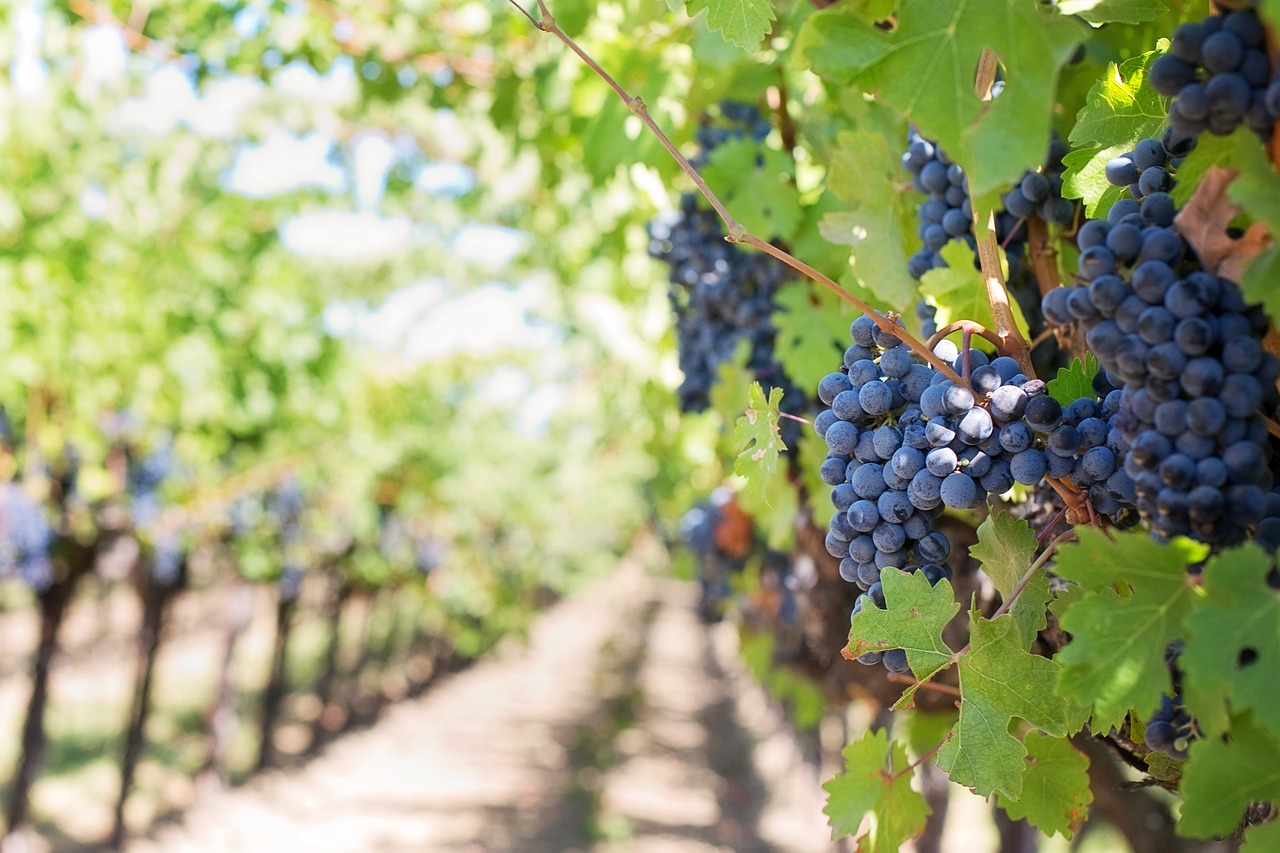Introduction:
Cabernet Sauvignon stands tall as one of the most celebrated grape varieties in the world of wine. With its bold character, rich flavors, and ability to age gracefully, Cabernet Sauvignon has captivated wine enthusiasts for centuries. In this article, we will explore the key aspects of Cabernet Sauvignon, including the best climates for growing the grapes, the optimal time for harvest, and the top producers and wineries that have mastered the art of crafting exceptional Cabernet Sauvignon wines.
Ideal Climates for Growing Cabernet Sauvignon :
Cabernet Sauvignon thrives in specific climates that offer the ideal balance of warmth, sunlight, and cooling influences. Generally, Cabernet Sauvignon prefers regions with a moderate to warm climate. Bordeaux in France, Napa Valley in California, and Coonawarra in Australia are renowned for their Cabernet Sauvignon production.
The grape variety benefits from long, warm summers that allow the fruit to ripen fully. Ample sunshine promotes sugar development and helps build the grape’s intense flavors. However, Cabernet Sauvignon also requires a cooling influence to retain acidity and develop complex aromas. This is often achieved through proximity to large bodies of water or high-altitude vineyards that benefit from cool breezes.
Optimal Harvest Time :
Determining the optimal time to harvest Cabernet Sauvignon grapes is crucial for achieving the desired balance of sugar, acidity, and tannins. Harvest time varies based on the specific region and prevailing climatic conditions. Generally, Cabernet Sauvignon is harvested in late summer or early autumn.
Winemakers monitor grape ripeness through regular vineyard inspections and periodic berry sampling. They look for the right balance between sugar levels (measured in Brix), acidity, and the desired flavor profile. Tannin ripeness is also a critical factor, as it influences the wine’s structure and aging potential.
Cabernet Sauvignon Wine Characteristics:
Cabernet Sauvignon wines are renowned for their full-bodied nature, bold flavors, and excellent aging potential. They often exhibit aromas of dark berries like blackcurrant and black cherry, accompanied by notes of cedar, tobacco, and sometimes mint or eucalyptus. The tannins in Cabernet Sauvignon wines are typically firm and grippy, lending structure and longevity to the wine.
In terms of flavor profile, Cabernet Sauvignon wines often display a harmonious combination of fruit, earthiness, and oak influences. Blackberry, cassis, plum, and black cherry flavors are common, with layers of complexity evolving as the wine ages. Oak aging adds additional nuances, including vanilla, spice, and toasty characteristics.
Top Producers and Wineries :
Several wine regions have gained acclaim for their exceptional Cabernet Sauvignon production. Here are some of the world’s top producers and wineries known for crafting outstanding Cabernet Sauvignon wines:
Bordeaux, France: Château Margaux, Château Latour, Château Mouton Rothschild, and Château Lafite Rothschild are renowned Bordeaux estates celebrated for their Cabernet Sauvignon-dominated blends.
Napa Valley, California: Iconic wineries such as Opus One, Harlan Estate, Screaming Eagle, and Dominus Estate showcase the potential of Cabernet Sauvignon in Napa Valley. The region’s warm days and cool nights contribute to the development of rich, concentrated wines.
Coonawarra, Australia: Known for its distinctive “terra rossa” soil, Coonawarra produces


